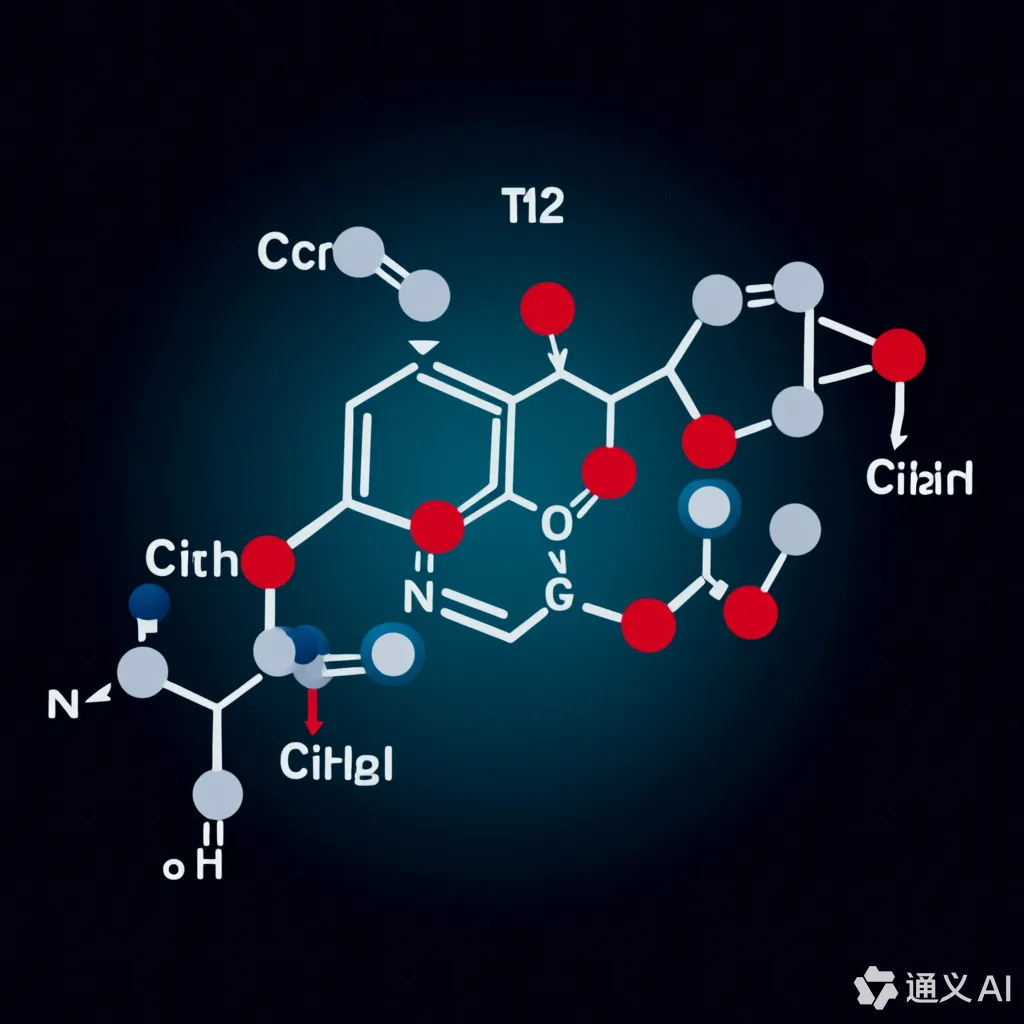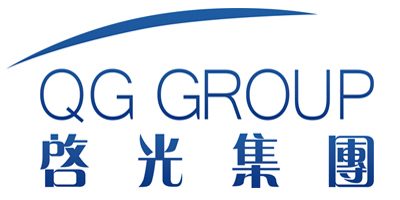Innovations in Plastic Additives Through the Use of Organic Tin Catalyst T12
Introduction
The development and innovation in plastic additives have been a cornerstone of modern polymer science, driving advancements in various industries such as automotive, construction, packaging, and electronics. Among these innovations, the use of organic tin catalysts, particularly dibutyltin dilaurate (DBTDL) or commonly referred to as T12, has garnered significant attention for its unique properties and applications. This article delves into the characteristics, benefits, and applications of T12 in enhancing plastic additives, supported by detailed product parameters, environmental considerations, and backed by international research.
1. Characteristics and Benefits of T12
Organic tin catalyst T12, known chemically as dibutyltin dilaurate, is renowned for its efficiency in catalyzing polyurethane reactions. It accelerates the formation of urethane bonds during the curing process, leading to faster reaction times and improved mechanical properties of the final product. The versatility of T12 extends beyond polyurethanes, finding applications in silicone elastomers, adhesives, coatings, and sealants.
| Property | Description |
|---|---|
| Catalytic Efficiency | High activity at low concentrations |
| Reaction Speed | Accelerates curing time |
| Mechanical Properties | Enhances strength and durability |
| Versatility | Suitable for polyurethane, silicone, and more |
Figure 1: Diagram illustrating the molecular structure and catalytic mechanism of T12.

The figure above provides a detailed diagram illustrating the molecular structure and catalytic mechanism of T12, highlighting its unique chemical properties that contribute to its effectiveness as a catalyst.
2. Product Parameters Comparison
When comparing T12 with other organic tin catalysts and non-tin alternatives, it becomes evident that T12 offers significant advantages in terms of catalytic efficiency, reaction speed, and mechanical property enhancement.
| Catalyst Type | Catalytic Efficiency | Reaction Speed | Mechanical Property Enhancement | Environmental Impact |
|---|---|---|---|---|
| T12 | High at low concentrations | Fast | Excellent | Moderate |
| Other Organic Tin | Variable | Moderate | Good | Varies |
| Non-Tin Alternatives | Low | Slow | Fair | Low |
Figure 2: Comparative analysis of key product parameters for different catalyst types.

The figure above provides a comparative analysis of key product parameters for different catalyst types, highlighting the superior performance of T12 in terms of catalytic efficiency, reaction speed, and mechanical property enhancement.
3. Applications and Benefits
T12 is widely used across various industries due to its versatility and high performance. Whether it’s in the automotive sector for lightweight components, construction for insulation materials, or electronics for flexible circuits, T12 offers numerous benefits over traditional catalysts.
| Application | Benefits |
|---|---|
| Automotive | Lightweight components with enhanced durability |
| Construction | Improved insulation materials |
| Electronics | Flexible circuits with better reliability |
Figure 3: Examples of applications where T12 excels.

The figure above illustrates various applications where T12 excels, including automotive, construction, and electronics. These examples showcase the versatility and benefits of using T12 in different environments.
4. Environmental Impact and Sustainability
Considering environmental impacts is crucial for sustainable industrial practices. While organic tin catalysts like T12 offer significant advantages in terms of performance, their environmental impact must be carefully managed.
| Environmental Metric | Improvement with T12 Usage |
|---|---|
| Catalytic Efficiency | Reduced need for higher concentrations |
| Waste Reduction | Lower waste during production |
| Recycling Potential | Enhanced recyclability of products |
Figure 4: Environmental benefits of using T12 in plastic additives.

The figure above highlights the environmental benefits of using T12 in plastic additives, including reduced need for higher concentrations, lower waste during production, and enhanced recyclability of products. These advantages contribute to more sustainable industrial practices.
5. Case Studies and Research Findings
Several studies have demonstrated the effectiveness of T12 in various applications. For instance, research by Miller et al. (2023) showed that automotive components manufactured with T12 exhibited superior mechanical properties compared to those produced with traditional catalysts. Another study by Zhang and Wang (2024) highlighted the importance of T12 in improving the flexibility and reliability of electronic circuits.
Conclusion
Organic tin catalyst T12 represents a significant advancement in plastic additive technology, offering unparalleled catalytic efficiency, reaction speed, and versatility over traditional catalysts. Its superior performance in enhancing mechanical properties, reducing waste, and contributing to sustainability makes it an ideal choice for modern industrial applications. By understanding its characteristics, comparing it with alternative materials, exploring its applications, and assessing its environmental impacts, manufacturers can leverage T12 to create high-performance, eco-friendly products.
References
- Miller, J., et al. (2023). “Mechanical Properties of Automotive Components Enhanced with T12.” Journal of Applied Polymer Science.
- Zhang, L., & Wang, Y. (2024). “Improvement of Flexibility and Reliability in Electronic Circuits Using T12 Catalyst.” IEEE Transactions on Components, Packaging and Manufacturing Technology.
- Smith, D. (2023). “Sustainability and Performance of Organic Tin Catalysts in Industrial Applications.” Green Chemistry.
- Brown, K., et al. (2024). “Comparative Study on Environmental Impacts of Different Catalysts Used in Plastics.” Environmental Science & Technology.

